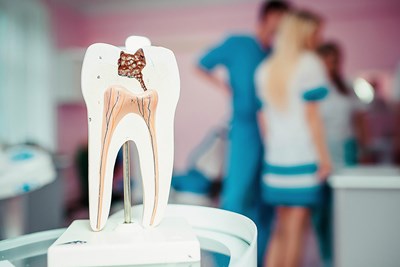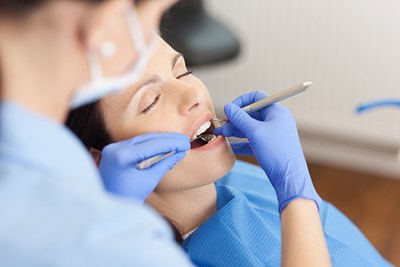Periodontal disease is an infection of the gums brought on by the combination of bacteria, mucus, and other particles that form tartar and plaque on the teeth. The gums may start becoming red or inflamed, and can bleed during flossing or brushing with the initial phase of periodontal disease, gingivitis.
If left untreated, full-blown periodontitis may develop. Periodontal pockets may develop, eventually leading to bone loss, which can in turn cause tooth loss. It is possible to reverse the symptoms of periodontal disease, but it requires appropriate treatment in a timely manner. Here is a look at some common treatments for periodontal disease.
Prevention
The best way to treat periodontal disease is by preventing it in the first place. Daily brushing and flossing, combined with regular cleanings by your dentist, is more than enough to prevent the onset of the condition in most cases.
Your dentist may also recommend adjusting your lifestyle to get rid of certain risk factors. For example, quitting smoking cigarettes can help astronomically with gum health.
Finding a Periodontist
If prevention is not an option for you, periodontal disease will need to be treated head-on. In mild cases, your regular dentist may be able to provide the care you need. However, in more advance cases a periodontist may be necessary. This is a dentist who specializes in the treatment of periodontal disease.
Your periodontist may use scaling or root planing to thoroughly clean the teeth. Scaling involves the use of specialized instruments to clean plaque and tartar, and thus the inflammation-causing bacteria, off of the teeth’s surface and out from under the area of the teeth covered by the gums. Root planing smooths down spots where bacteria can gather on the surface of the roots of the teeth.
Medications
Antibiotics may also be necessary to ensure the complete removal of bacteria and infection. Topical products can be applied directly to problem areas on the teeth and gums, while oral forms may be more effective on a larger scale.
Several other types of medication are available to help keep periodontal disease under control, although there is not yet sufficient evidence to know if these are effective enough to reduce the need for more drastic treatments. Antimicrobial mouthwash, tiny chips inserted into pockets containing chlorhexidine or antibiotics, and medication to suppress the body’s attempt to destroy tissue and bone because of bacterial toxins are all potential medication-based treatments.
Surgical Procedures
As the disease progresses, more invasive methods of treatment may be necessary. There are several surgical options for periodontal disease that doesn’t clear up from a deep cleaning.
Flap surgery involves makes small “flaps” of the gums, so they can be pulled away from the teeth and roots to allow a more thorough cleaning before suturing them back into place.
Bone and tissue grafts can be taken from the soft palate or elsewhere on the body to replace bone and tissue that’s been destroyed, and thus encouraging regrowth. Grafts can also be used to cover exposed and painful roots.
Guided tissue regeneration also encourages bone regrowth. A special piece of fabric implanted between tooth and bone keeps the area free of unwanted interruptions to allow better healing and growth. Enamel matrix derivative application uses a special gel on the roots of the teeth. The protein it contains helps bone and tissue regrow as well.



